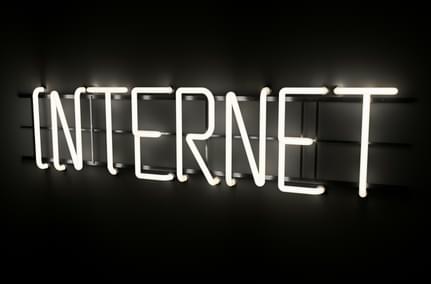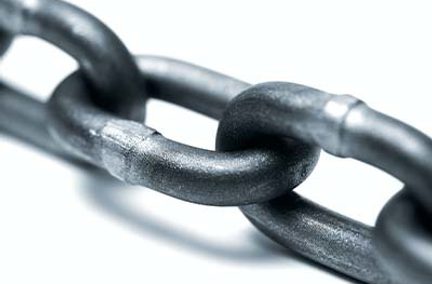Is Fiber Internet a Sustainable Technology?
Aug 1, 2025 | Home Technology, Technology News

As the world demands more bandwidth and turns to high-speed internet for everything from remote work to streaming and smart homes and cities, the need for eco-friendly, energy-efficient broadband solutions has never been greater. Fiber optic internet is the cornerstone of a sustainable future, not just for its blazing fast speeds and reliable connectivity, but for its profound environmental benefits.
More Efficient Than Copper
Fiber optic technology stands above traditional copper-based networks in nearly every aspect of sustainability. Unlike copper cables, which transmit data using electrical signals and require significant energy to overcome resistance and electromagnetic interference, fiber optic cables use quick pulses of light traveling through thin strands of glass or silica. Transmitting data through fiber is inherently more energy efficient, allowing fiber networks to consume up to 70% less energy per gigabit of data than their copper counterparts, according to some industry studies. This dramatic reduction in energy use translates directly into a smaller carbon footprint and lower greenhouse gas emissions.
Beyond transmission energy, copper and fiber also impact cooling costs. For example, data centers, which are at the heart of most internet activity, require rooms full of servers, which consume copious amounts of electricity on their own and require large air cooling systems to prevent overheating. Bundles of copper cables can hinder cool air from reaching these servers, requiring the internal cooling fan to work harder. However, a single fiber strand, which carries the same amount of data as the bulky copper bundle, is a fraction of the diameter, allowing air to flow past and around it more efficiently. Some older data centers have seen up to 90% cooling cost savings after switching to fiber. Modern data center buildouts hardly ever use copper, in part for this very reason.
Manufacturing Impact
The environmental impact of network infrastructure is about more than just energy consumption. Copper mining is resource-intensive and environmentally damaging, whereas the primary raw material for fiber optic cables—silicon dioxide—is abundant and less harmful to ecosystems. Fiber cables are also thinner and lighter, reducing the amount of raw materials needed and lowering emissions from transportation and installation. In contrast, copper wires and coaxial cables are heavier, require more energy to transport, and contribute more to landfill waste at the end of their lifespan, which is considerably shorter than fiber’s lifespan.
Durability and longevity are key to fiber’s sustainability story. It’s a technology with no end in sight. Because they don’t decay as quickly, fiber optic cables have a much longer lifespan than copper cables, which are prone to oxidation, overheating, and degradation from environmental factors. Fiber’s durability means less frequent replacement, less waste, and a reduced need for new raw materials. Additionally, fiber’s immunity to electromagnetic interference eliminates the need for energy-hungry amplifiers and regenerators that copper networks require to maintain signal quality over long distances. The result is a broadband network that’s more reliable and far less taxing on natural resources.
Speed & Efficiency
The sustainability advantages extend beyond the cables themselves. Fiber’s ability to deliver high-speed, high-bandwidth internet with minimal energy loss supports the growth of remote work, cloud computing, and smart infrastructure, which help reduce travel and office energy use, further shrinking our collective carbon footprint.
While the manufacturing and disposal of fiber optic cables present some challenges, particularly around recycling, the overall environmental benefits far outweigh those of copper-based networks.
Our Commitment
Fiber optic internet is the foundation for future-friendly broadband. At Gateway Fiber, we’re committed to building a greener, more sustainable digital world. By investing in fiber optic networks, we deliver the fastest, most reliable internet connectivity and help protect our planet for future generations.





